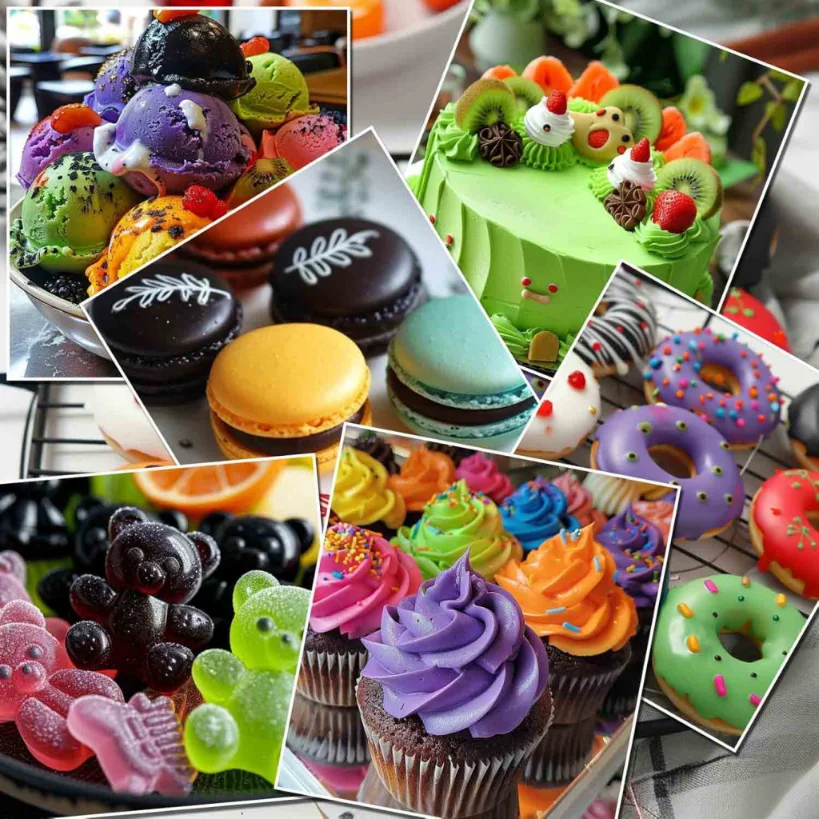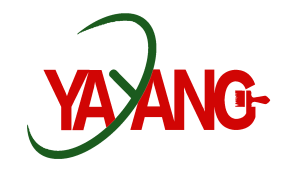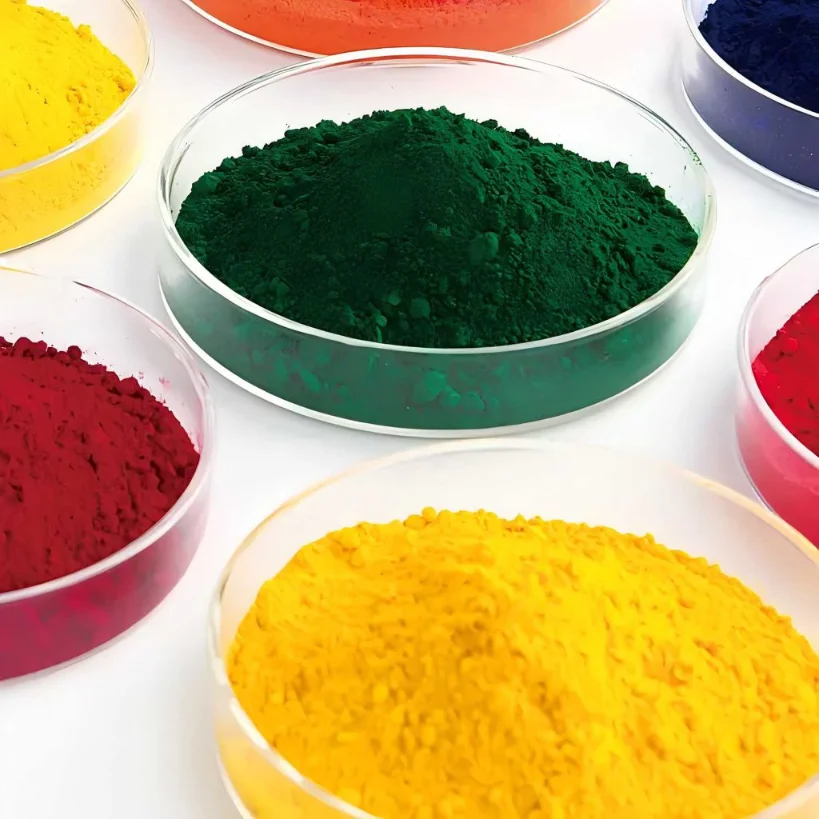
Food and beverage color used to be simple: pick a strong shade, make it stable, ship it. In 2025, it is not that simple. You now face customers asking about “artificial,” retailers asking for clean label, and regulators reviewing petroleum-derived dyes like Red 40 and Blue 1 for phase-out or warning language in certain categories, especially products for children. Color is still what makes a product stand out on shelf or on camera, but it has also become a compliance topic, and even a public relations topic. That is why many manufacturers are reassessing synthetic food colors as part of total product strategy, not just as a cheap way to make something look bold.
What Is Driving The Shift Away From Synthetic Colors?
Pressure is hitting from three directions at once.
Regulatory Pressure on Synthetic Food Colors
First, rule pressure. U.S. agencies and some state-level proposals are pushing tighter food color regulation, especially around petroleum-based dyes that have been common in candy, frosting, and brightly colored beverages. Several regions have floated phase-out discussions or warning label requirements tied to behavioral or health concerns in children. That instantly affects how you position “kid-safe,” “family,” or “school snack” SKUs.
Consumer Push for Clean Label and Trust Language
Second, consumer pressure. The same shopper who wants neon icing for a birthday cupcake will still zoom in on the label and ask “is this artificial.” Clean label messaging has moved from niche to mainstream. “No artificial colors” went from nice-to-have marketing copy to a reason for a buyer to choose one brand over another. The natural color space is growing faster than legacy synthetics because it lets brands tell that story. That shift is shaping the food color market 2025. A color system is no longer only technical. It is now emotional.
Cost Pressure and Margin Risk
Third, cost pressure. Synthetic systems earned their place because they hit hard visually, survive heat, hold hue in acid, and stay consistent from batch to batch. In other words, they behave. That is still true. High-saturation reds and blues that stay intact through carbonation and pasteurization are not easy to replace. But the “synthetic is always cheaper” claim is slipping. The base pigment price might still favor synthetic, but compliance work, region-specific artwork versions, and reformulation testing time all eat into that advantage. The question has turned into: can you keep a strong tone, keep legal comfort, and keep margin.
Regulatory pressure plus consumer pressure plus cost pressure is why you are seeing less “we only use artificial color, deal with it” and more measured, tiered approaches by brand families. One SKU might stay fully artificial because performance is non-negotiable. One SKU might move to reduced artificial load. One SKU might go full naturally derived color so the brand can promote a halo claim.
How Are Manufacturers Responding in Practice?
Controlled Reduction Instead of Full Removal
It sounds dramatic to say “the industry is dropping artificial color,” but most manufacturers are not doing a total purge. A total purge is expensive and risky. What you actually see in factories and R&D labs is controlled reduction, targeted reformulation, and future-proofing. You keep synthetic in the places where it has unique functional value, and you pull it from places where you know you will get hit on clean label. You also try not to paint yourself into a corner with a single shade that will get challenged in a key export market next quarter.
Partial Substitution and SKU Segmentation
The first move is usually partial substitution. You cut back obvious artificial tones in lower-stress SKUs like still beverages, dessert toppings, and kids’ “fun drink” syrups, where you can hold color using alternative systems at mild processing conditions. You protect synthetic systems in high-heat bakery fillings, carbonated soft drinks with low pH, and shelf-stable candies that sit under bright retail lighting for weeks. That way you protect performance where it matters most and still get to say “reduced artificial color” somewhere in your lineup. Reformulating even that much is not trivial. You have to recheck pH stability, lightfastness, and flavor impact. Color is seen first, but flavor is remembered, so you cannot afford a bitter aftertaste that sneaks in with a new pigment system.
Regional Approval and Multi-Formula Reality
Supply chain behavior is changing in parallel. Five years ago, many companies tried to run one master color spec globally. That model is harder now. Approval lists are drifting apart region to region, and label language expectations are not lining up across markets. So you end up building different “permission sets”: one blend for domestic where a certain dye is still allowed without extra warning, a second blend for the EU or large retailers with strict clean label rules, and maybe a third for APAC. At that point, compliance stops being a legal footnote and becomes part of pricing, because every formula split means new QC checks, new packaging, and new artwork.
This is also why brand teams now sit in on R&D calls. Shade choice and claim language cannot be separated anymore. If you plan to shoot high-saturation orange in your campaign visuals, you need to know exactly how that orange is generated. You cannot post “all natural color” in social content if you are using a petroleum-derived dye. Internet comments will drag you fast, and retailers pay attention to that noise.
Four Core Questions Before Locking Color for 2025
Before you lock a color system for a 2025 launch, smart teams now ask four core questions. Is this shade cleared everywhere you plan to sell. Will it still be safe to print 12-month packaging for that region, or is it on a watchlist. Does it stay stable in the real base: sugar, carbonation, heat, fat. And if rules move, how expensive will it be to redo artwork, reshoot product photography, and re-present to retail buyers. Those costs are the hidden cost of color. They can dwarf the pigment invoice.
Key Trends To Watch In Synthetic Color Usage Through 2025?
The big trend is not actually “synthetic is dead.” The big trend is “synthetic must justify itself.” Synthetic demand is still there. It continues in high-intensity applications that natural pigments cannot yet match for hue strength, clarity in transparent liquids, and heat stability. But that demand is flatter than it used to be. Natural color sources are growing faster because brands want to print “no artificial colors” on pack. That difference in growth rate is shaping the food color market 2025 and is part of why investors, R&D teams, and marketing teams are all talking about color in the same room now.
Another trend is region-specific pressure. Some U.S. states have proposed restrictions on certain dyes in school or child-targeted products. European buyers often expect reduced synthetic load without being asked. Importers in some regions request traceability statements for colorants that used to pass with a simple spec sheet. You cannot run one global story forever. You now need a “north star” visual identity that can survive across rulesets, or at least a plan to localize without destroying brand consistency.
A third trend is hybrid color systems. Brands are moving toward mixed strategies: partly naturally derived pigments to support clean label messaging, partly synthetic colorants where the product needs punch and durability. That blended approach helps in social media too. You can truthfully claim reduced artificial dyes without giving up the signature shade that your product is known for. It is a commercial compromise, not a lab fantasy.
How YAYANG Helps You Navigate Color Choice in 2025
YAYANG is built for this exact pressure point. Through its product lineup, OEM / ODM service, and formulation support for brands that sell into multiple regions, it treats color as part of brand strategy instead of just another additive. The goal is simple: match the shade you want with the claim you plan to print, the shelf stability your product needs, and the rules in each target market. That way you are not stuck doing a last-minute reformulation because a dye suddenly becomes restricted. With food color regulation now changing faster than traditional packaging cycles, this kind of upfront control is no longer a nice bonus. It is survival.
FAQ
Q1: Are synthetic food colors banned?
A: No. Most common synthetic dyes are still legal in drinks, snacks, confectionery, and bakery items. But certain petroleum-derived dyes are under renewed review, and some regions are pushing warning labels or phase-out timelines for child-facing products.
Q2: Why is everyone suddenly talking about clean label?
A: “No artificial colors” is now used as proof of quality. Parents, specialty retail buyers, and even casual shoppers treat that phrase like a trust badge. The claim helps move product, so brands build for it up front.
Q3: Is natural color always better?
A: Not in every case. Natural pigments can fade under heat, light, or acid, or drift toward brown in storage. High-intensity synthetic color still carries critical jobs in high-acid beverages, high-heat fillings, and candy that sits under bright lighting.
Q4: What should you ask before locking a color system for 2025 launches?
A: Ask if the shade is approved in every target market, and whether it is likely to stay approved through your packaging cycle. Test stability in your actual base, not just water. Ask for traceability. Ask what it will cost you to change artwork and resubmit if rules shift.
Q5: How does this affect pricing?
A: Pigment cost per kilo is only the visible part. The expensive part is reformulating late, reprinting labels in multiple regions, reshooting marketing images because the shade changed, and explaining to a retailer why stock needs a label change. That is why many brands now treat color as a compliance and brand decision, not just a flavor decision.

